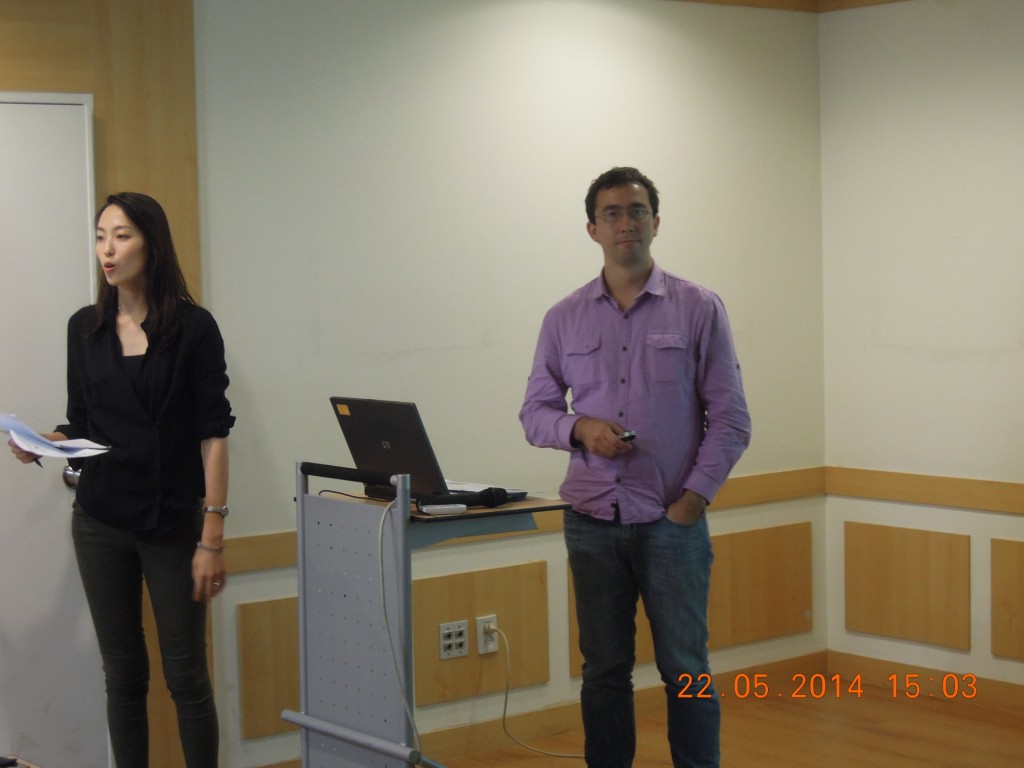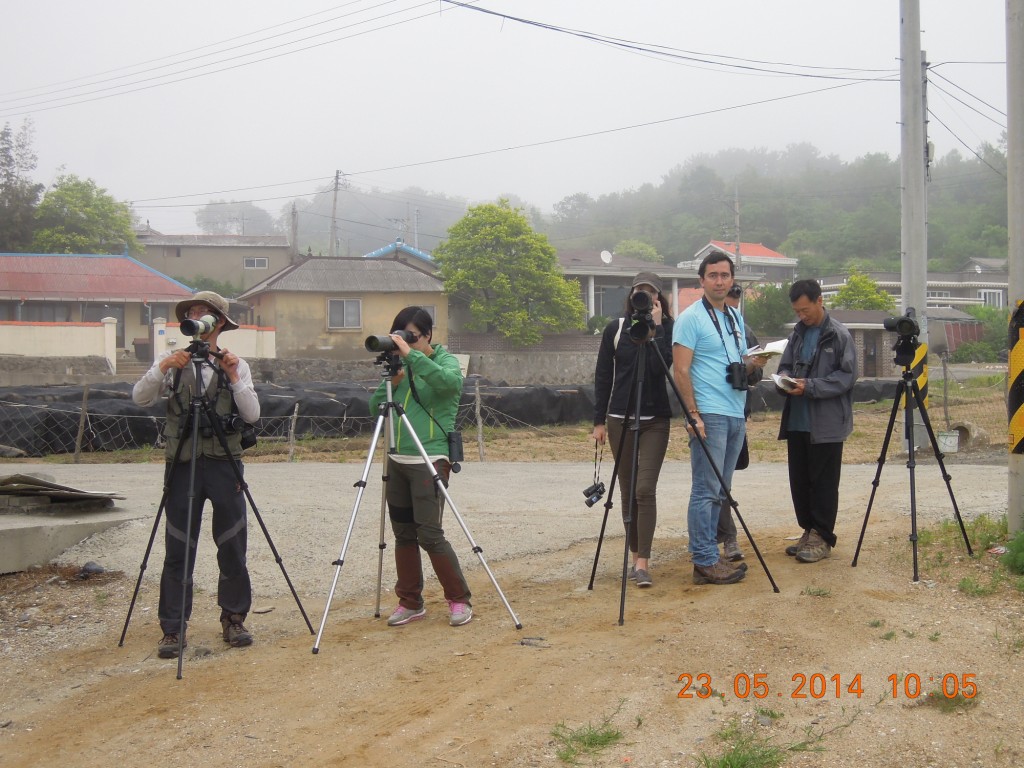A report by Ed Gallo-Cajiao, EAAFP intern.
After some months in Australia’s southeast from January through April, six weeks in the Republic of Korea from May, and two weeks in China in late June, here is a bit of a story about what I have been up to as part of my internship project on policy analysis.
Through my internship at the EAAFP, in the lead up to my PhD at the University of Queensland, I have undertaken an initial step towards appraising policy effectiveness for migratory shorebirds. International policies for conservation of this group of birds have been emerging since the 1970s in our flyway. However, little is actually known about policy effectiveness. This internship project is primarily focused, as a first stage of policy evaluation, on a comprehensive survey of the international policy framework for shorebird conservation in the EAAF and its domestic implementation in four countries (i.e., Australia, China, Japan, and the Republic of Korea).
Working on policy analysis has taken me around the flyway. My “field work” has involved talking to people and reviewing policy documents. This has been a very exciting and rewarding task, as I have been visiting people in Canberra, Sydney, Seoul, Jeju Island, Nami Island, Seocheon, Incheon, Beijing, and Tianjin. Part of my methods include key stakeholder interviews, which are an approach to have quick access to important and complex information, gain knowledge of policy processes and development, identify variables shaping policy, establish roles of different actors, and obtain expert opinions on policy performance.

Eduardo (right) © EAAFP
My target stakeholders comprise senior officials from research institutions, NGOs, and national government agencies from Australia, the Republic of Korea, and China. So far I have completed over 30 interviews; most of them in person, but a few others have been held via Skype and over the phone. Most interviews have been conducted in English the rest in other languages with the help of interpreters. These interviews have taken me to some of the top research institutions in the flyway, key government agencies, important NGOs, as well as allowing me to meet very interesting and influential people at national and local levels. As I must abide by best standards of ethics when conducting this type of research, no individual names or institutions can be disclosed, though I am enormously grateful to everyone involved. Now it is finally time to go back to Brisbane, where I will be based at the University of Queensland writing the final report. The technical document is expected to be available by August/September. Stay tuned.
Acknowledgements:
This project has been possible through funding provided by the Australian Government’s Department of the Environment, the University of Queensland, and the EAAFP. Logistical support has been provided by WWF’s regional offices in Australia, China, and Japan. I am very thankful to staff in all those offices. Additionally, I would like to extend a huge thank you to the EAAFP Secretariat crew based in Songdo, who were of great support during my time in the Republic of Korea.
In the hunt for shorebird hunting:
“Take,” which includes hunting, accidental catch or egg collection, is one of the many threats faced by migratory shorebirds in the East Asian-Australasian Flyway. This threat is difficult to evaluate though, because it may happen at very specific sites and may fluctuate over time. Therefore, information from stakeholders from across the Asia-Pacific region can help to build a better understanding of this issue to support conservation plans. A short and easy survey is available online. Your contribution would be highly appreciated if you have any information about shorebird hunting in our flyway.





